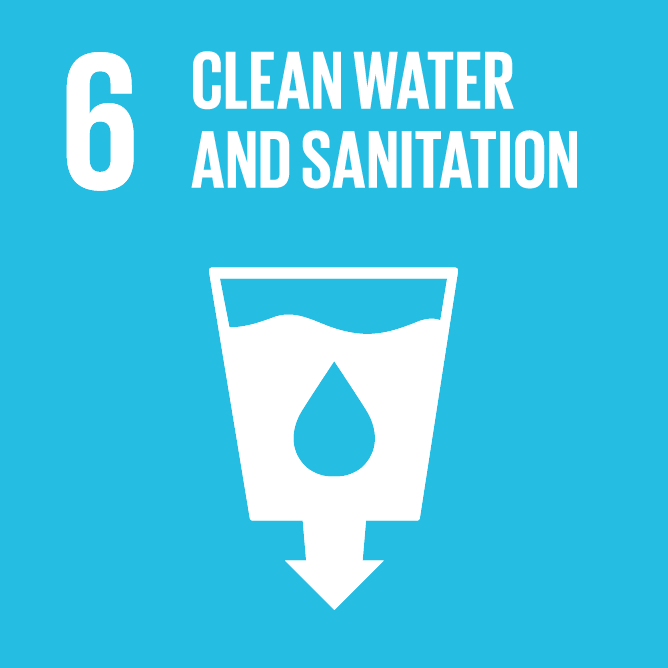
Environmental efficiency
[OG7]Pursuant to our Integrated Management System policy, we have committed ourselves to “environmental protection, including minimising environmental footprint and raising environmental awareness of our employees and trading partners”. The policy lays down a number of procedures for various aspects of environmental protection, including carbon dioxide emissions monitoring, waste management and environmental monitoring.
We take the following measures to ensure environmentally efficient production:
In 2016, LOTOS Petrobaltic discharged a total of 10,571.862 cubic metres of wastewater, including the following quantities of precipitation water: 43.862 cubic metres discharged to surface water (the Martwa Wisła River), 10,528 cubic metres to the Baltic Sea, and 3,575 cubic metres to municipal utilities. The wastewater was treated by the organisation and by a wastewater treatment plant.
We monitor the quality of precipitation water discharged from LOTOS Petrobaltic onshore facilities to the Martwa Wisła River.
Our goal is to have as much waste as possible transferred to external waste management companies or to recover or recycle it.
In 2016, LOTOS Petrobaltic applied the following waste management methods:
- Recycling of 4.9 tonnes of safe waste and 1.6 tonnes of hazardous waste,
- Recovery (including energy recovery) of 524.2 tonnes of safe waste and 56.35 tonnes of hazardous waste,
- Incineration or use as fuel of 7.22 tonnes of safe waste and 0.005 tonne of hazardous waste,
- Landfilling of 14.44 tonnes of safe waste,
- 200.82 tonnes was the total volume of drilling waste generated as a result of using water-based drilling fluid.
LOTOS Petrobaltic ensured that substantially no operations would be carried out in Natura 2000 protected areas overlapping with the Młynary licence area (Region of Olsztyn). Pursuant to the licence agreement, they are excluded from the permitted area of Petrobaltic's operations under the licence, and no exploration activities carried out under the licence have or will have any negative impact on those priceless biodiversity reserves.
Under the Balitc Sea Action Plan, developed by HELCOM (Baltic Marine Environment Protection Commission − Helsinki Commission) and endorsed in 2007 by the Ministers of the Environment of the Baltic countries, offshore operations in the Baltic Sea are subject to the 'zero formation water discharges from offshore platforms' principle.
Therefore, a special formation water re-injection system was installed on LOTOS Petrobaltic's Baltic Beta platform to re-inject formation water into the rock mass. This has a positive effect on the environment and raises the reservoir pressure, improving its productivity. Trace amounts of water generated in the production process on the B8 field are pumped to a tanker.
[OG5]Volume and disposal of formation or produced water
| Total volume of formation or produced water by disposal method |
Volume of formation or produced water [cubic metres] |
Percentage of produced water |
|---|---|---|
| Reused | 0 | 0.00% |
| Recycled | 0 | 0.00% |
| Re-injected | 415638 | 99.66% |
| Other | 1429 | 0.34% |
| TOTAL | 417067 | 100.00% |

